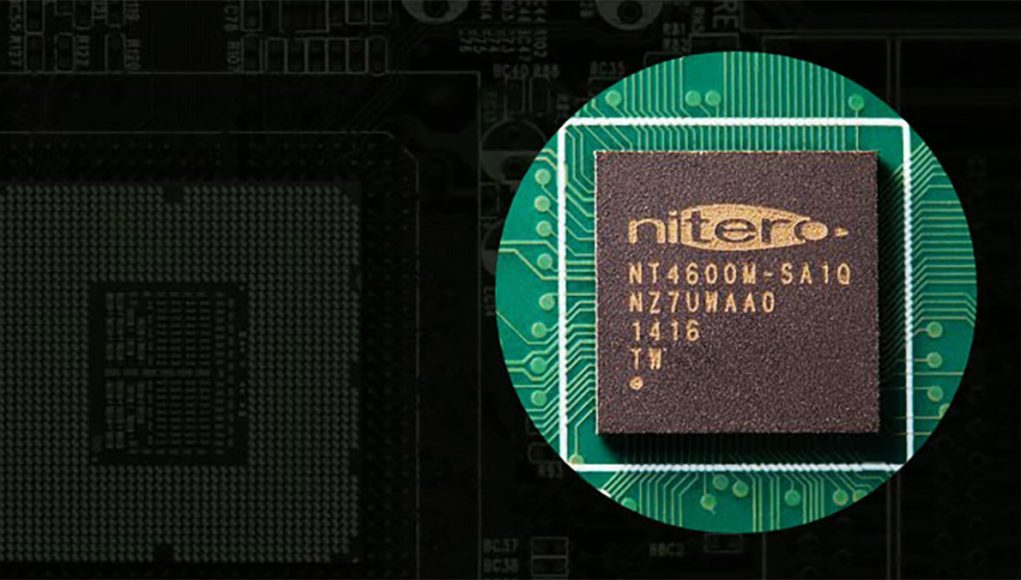AMD has announced that it’s acquired Nitero, a company lately focused on creating technology to eliminate the tether from VR and AR headsets. In a rare move, Valve—co-creator of the Vive and creator of Steam—invested a “significant amount” in the company prior to the acquisition.
Nitero is one among a number of companies focused on making high-end tethered VR headsets wireless. They’re the only ones, however, who scored a rather surprising investment from Valve. Valve is historically a content and game ecosystem developer, not a venture capital investor. So it stands to reason that their bet on Nitero was founded on a belief that the company’s technology is something special.
 AMD seems to think so too, and in fact announced today the acquisition of a bulk of the company’s IP and key personnel. The terms of the deal have not been disclosed.
AMD seems to think so too, and in fact announced today the acquisition of a bulk of the company’s IP and key personnel. The terms of the deal have not been disclosed.
“Our world class engineering team has been focused on solving the difficult problem of building wireless VR technologies that can be integrated into next-generation headsets,” said Nitero co-founder and CEO Pat Kelly who joins AMD as corporate vice president of Wireless IP. “We are excited to play a role in furthering AMD’s long-term technology vision.”
Nitero is somewhat unique as the company has been designing its own chips that are specially made to enable high bandwidth, low latency wireless AR and VR solutions. Many other companies working on solutions in this space are using existing chips and software that were designed for other purposes and are being adapted for this use.
Nitero told us recently about their solution, even claiming the end result will be cheaper than the cables used in VR headsets today:
The solution’s novel micro-second latency compression engine provides royalty-free, visually lossless encoding, adding end-to-end latency of one millisecond. At power below one Watt, it can be integrated into future headsets without the need for expensive heat sinks or vents. In fact, adding Nitero’s wireless solution will be significantly less expensive than cables, resulting in an overall cost reduction, which is critical for VR adoption going forward.
Nitero’s chips are intended to transmit over the 60GHz spectrum, which can be challenging for VR because the frequency doesn’t penetrate objects well and typically required line-of-site. However, Nitero has been focusing on beam-forming techniques to intelligently reduce interference and maintain a connection when occlusion occurs. AMD’s announcement highlights this as a key piece of Nitero’s technology:
Nitero has designed a phased-array beamforming millimeter wave chip to address the challenges facing wireless VR and AR. Using high-performance 60 GHz wireless, this technology has the potential to enable multi-gigabit transmit performance with low latency in room-scale VR environments. The beamforming characteristics solve the requirement for line-of-sight associated with traditional high-frequency mm-wave systems, potentially eliminating wired VR headsets and enabling users to become more easily immersed in virtual and augmented worlds.
AMD is not historically a wireless chip company, instead focusing on the CPU and GPU. Now with Nitero under wing, AMD could create an add-on adapter solution for existing headsets, but the acquisition suggests that the company sees a long-term market opportunity in creating chips (or licensing technology) which enable future wireless AR and VR headsets and products.







